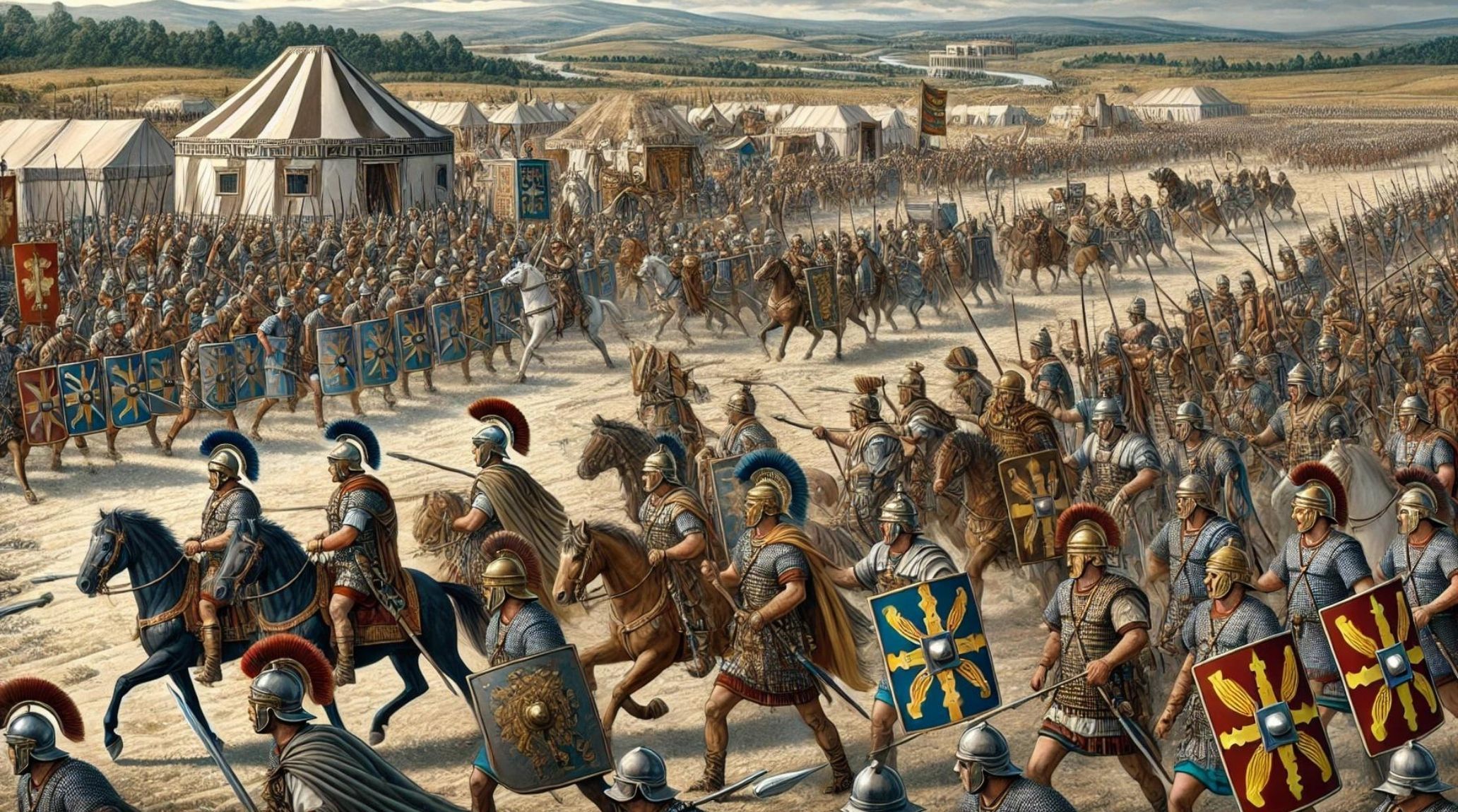
“
The Roman Army, known for its unmatched discipline and organization, was a force that conquered vast territories and shaped history. In this article, we unveil 20 key facts about the Roman Army, its organization, tactics, and conquests that highlight how this ancient military power left an indelible mark on the world.1
1
”
The Roman army, the largest fighting force of the ancient world, conquered an empire from Britain to the Middle East. With superior training, weapons, and armor, it defeated enemies far larger in number. 1
The Roman army, a crucial pillar of the Roman Empire, was renowned for its training, equipment, and organization. To effectively safeguard the vast empire, it utilized the extensive network of well-built Roman roads for rapid deployment. 2
Only men were permitted in the Roman army, with no women allowed. The army consisted primarily of two types of soldiers: legionaries and auxiliaries. Every new recruit had to be in peak physical condition; those who were weak or too short were rejected. 3
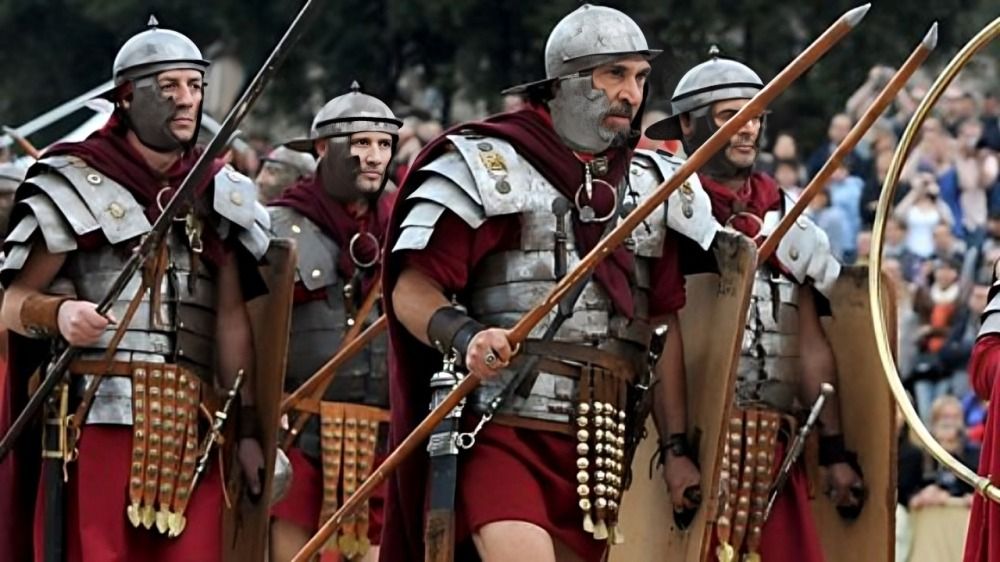
All soldiers in the Roman Legion were Roman citizens who committed to 20 years of service. Upon completing their term, they were typically rewarded with land and/or a substantial sum of money.
At its peak, the Roman army is estimated to have consisted of around half a million soldiers. These forces were organized into smaller units, called legions, each comprising roughly 4,000 to 6,000 troops. 4
Legions were divided into smaller units called centuries, each with around 80 men. A centurion commanded each century. These structures formed the backbone of the Roman army. 5
In addition to the legionaries, there were non-citizen soldiers known as auxiliaries. They enlisted for 25 years and, in return for their extended service, were granted Roman citizenship at the end of their term. 6
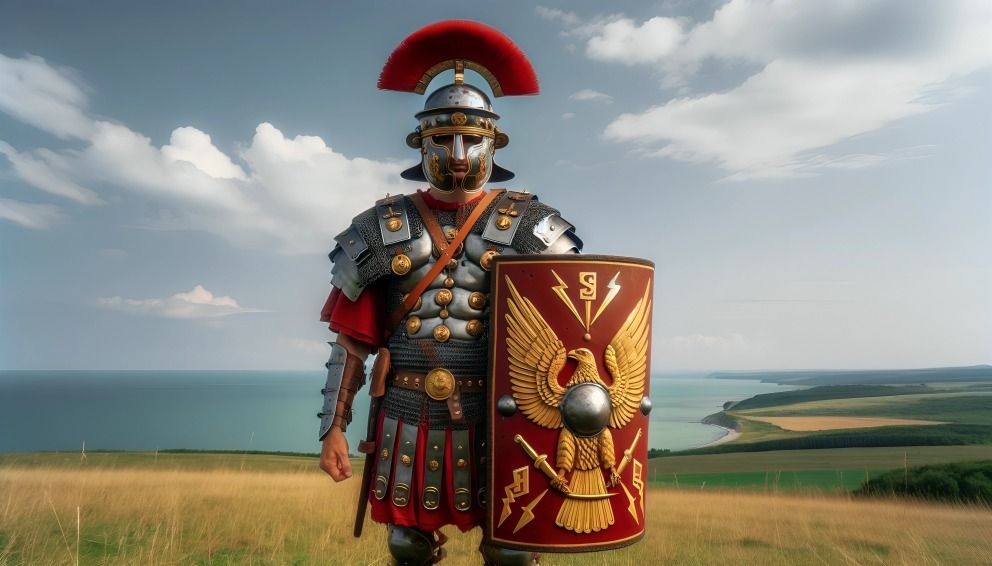
Centurions often ruled through violence, carrying a vine rod to beat disobedient soldiers. In 14 AD, a centurion named Lucilius earned the nickname "Cedo Alternam" for his habit of breaking his rod on soldiers and immediately requesting a new one.
Converting denarii to modern currency is challenging, but it helps illustrate the Roman army's pay structure. In the 2nd century, new legionary recruits received a viaticum of 3 gold pieces or 75 denarii. Pay varied based on rank from there.7
A 2nd-century Roman papyrus indicates that auxiliary infantrymen earned about 100 denarii annually, while legionaries made around 300. Centurions received at least 1,000 denarii, with the primus pilus (senior centurion) earning up to 15,000 per year. 8
Roman legionaries typically wore a lorica, made of iron plates protecting the chest and shoulders, along with helmets for the head, neck, and cheeks. Foot soldiers carried a rectangular wooden shield, a dagger, and a sword, with weaponry varying by role. 9
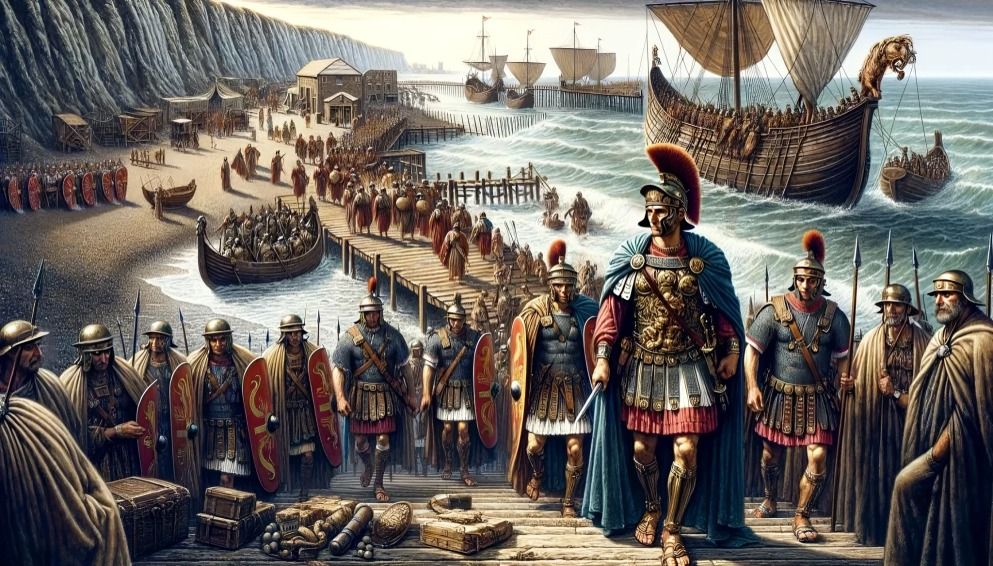
The Roman army, known for its conquests, also played a key administrative role. It collected taxes, built infrastructure like forts and roads, maintained order, and managed civil affairs.
Until the late 2nd century AD, Roman soldiers were legally forbidden to marry. However, records and tombstones indicate that many ignored this rule, including centurions and higher-ranking officers, who often took wives despite the prohibition. 10
Military campaigns were notoriously grueling. Soldiers faced iustum iter (reasonable marches) of about 20 miles or magnum iter (heavier marches) of up to 30 miles. The demands of these marches made the work incredibly arduous. 11
Standard bearers led each legion into battle, showcasing their unit's standard. As they neared 30 meters from the enemy, soldiers would hurl pilums and charge, while the rear line launched projectiles. 12
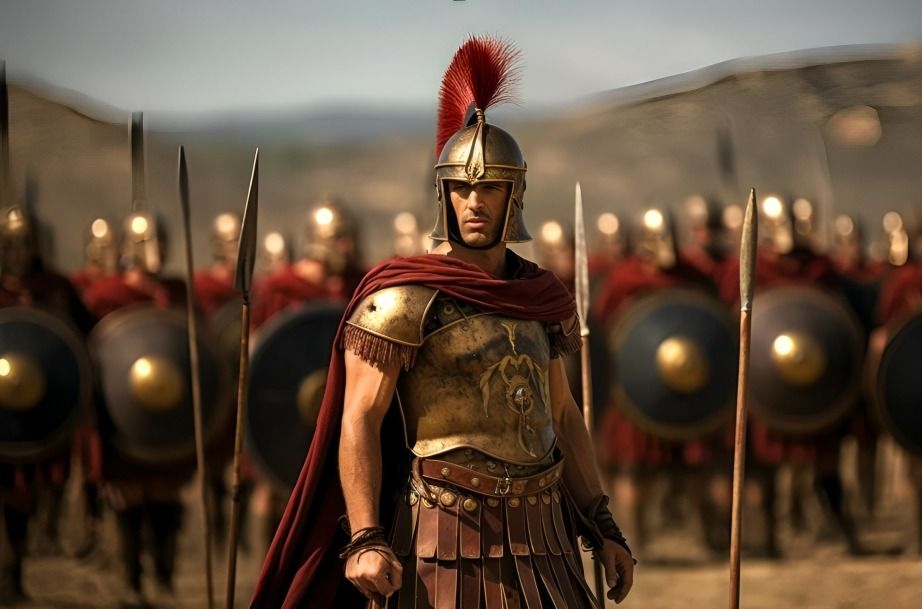
Centurions were known for their strict and often brutal discipline, wielding a short rod or vine stick to punish disobedient soldiers. In 14 AD, a centurion named Lucilius earned the nickname Cedo Alternam, meaning "bring me another."
New recruits underwent about four months of intense training, starting with marching and advancing to sparring, weaponry, and tactical drills. By the end, they could march 20 miles a day in full armor. 13
At its peak, the Roman army comprised 30 legions, totaling over 150,000 soldiers. Including auxiliaries, estimates suggest that the army's total strength exceeded 1 million soldiers. 14
Roman officers, like centurions, wore large crests on their helmets to ensure they were easily visible to their troops during battle. This distinctive feature helped soldiers quickly locate their leaders amid the chaos of combat. 15
Gaius Marius, a Roman consul and general, is credited with transforming the Roman army into a formidable force capable of conquering much of the known world. The Romans have advanced technologies, such as catapults, and ballistas. 16


